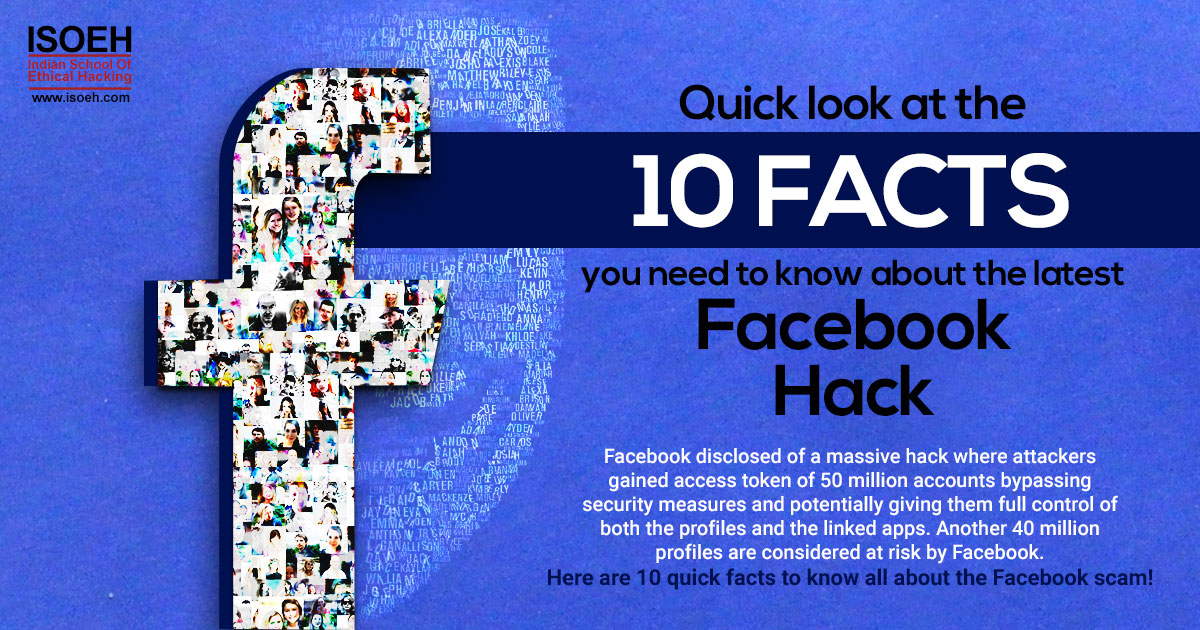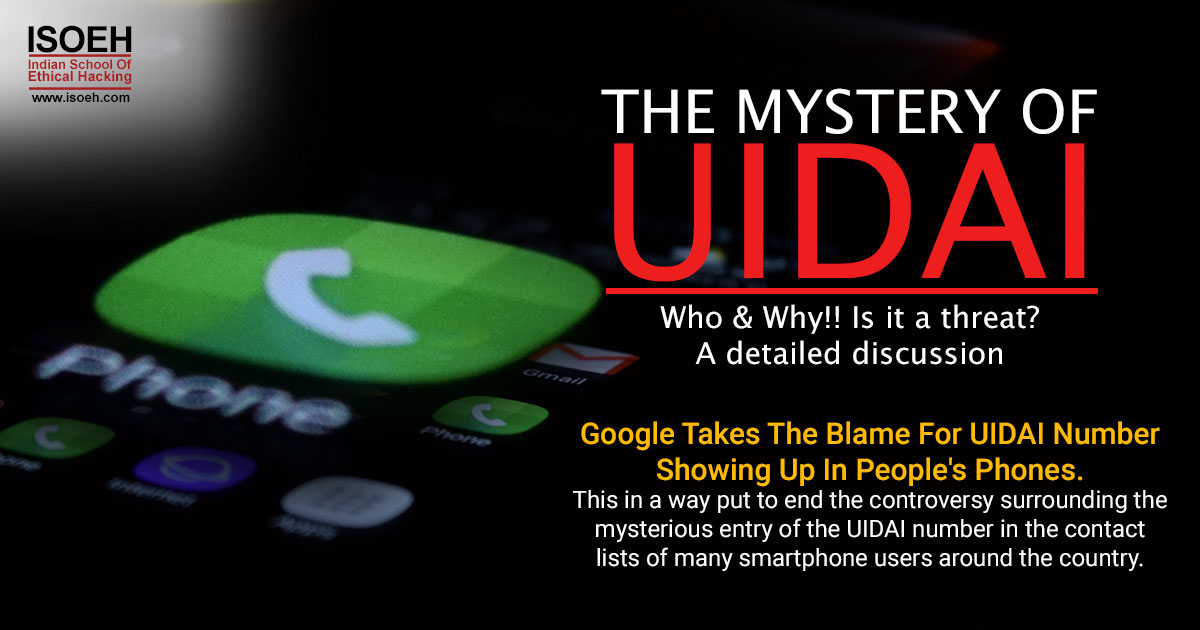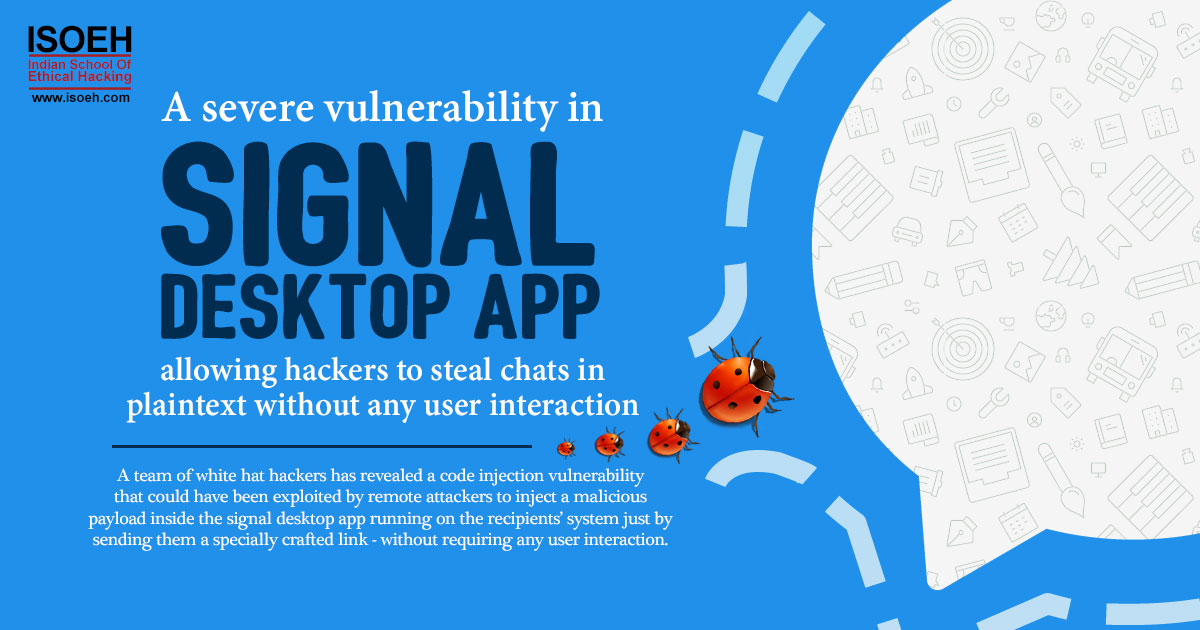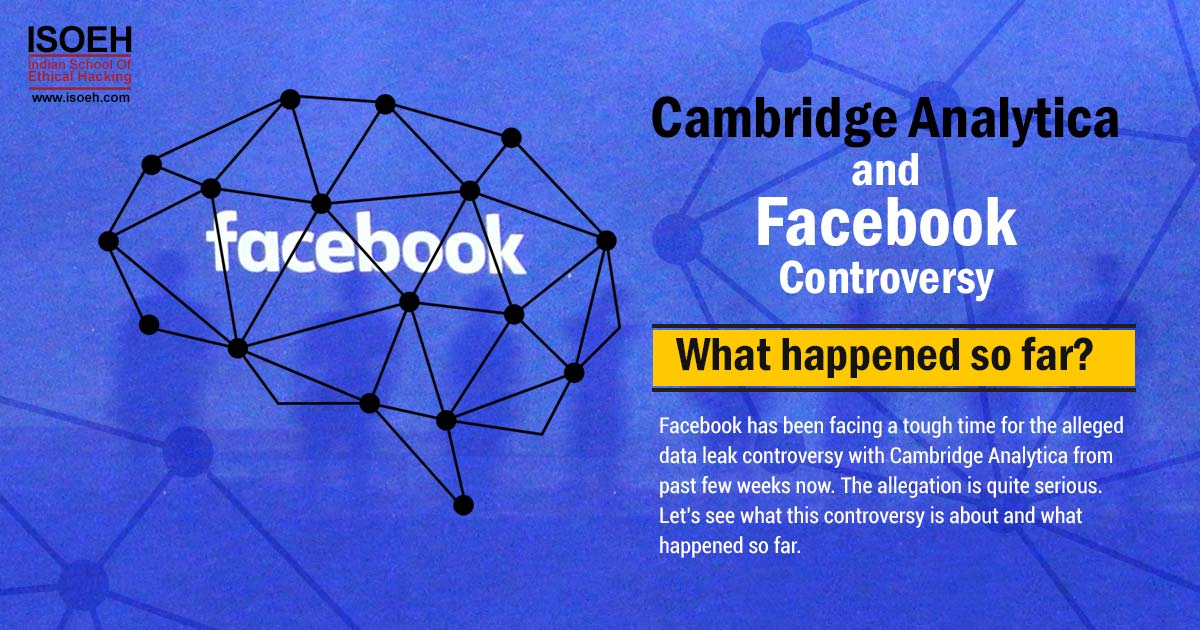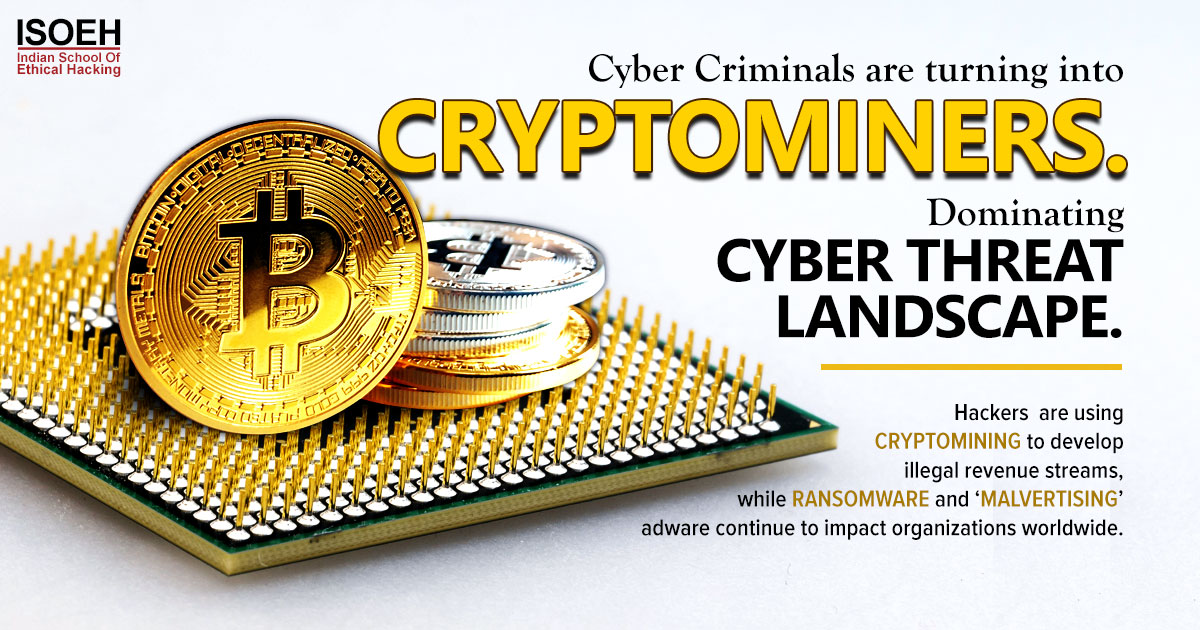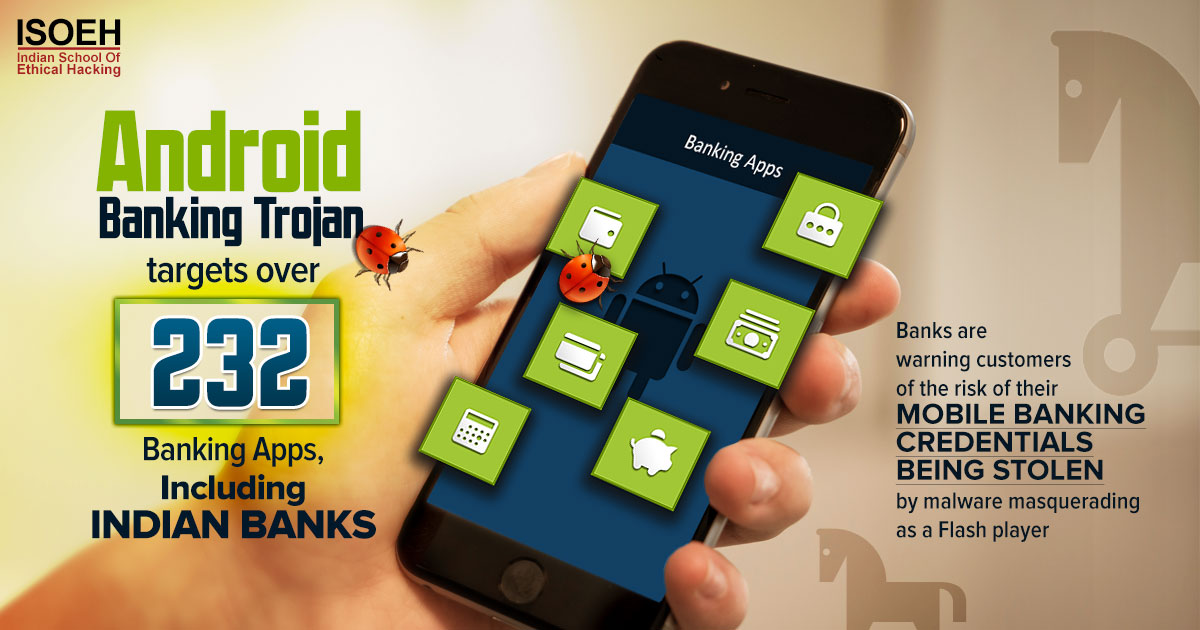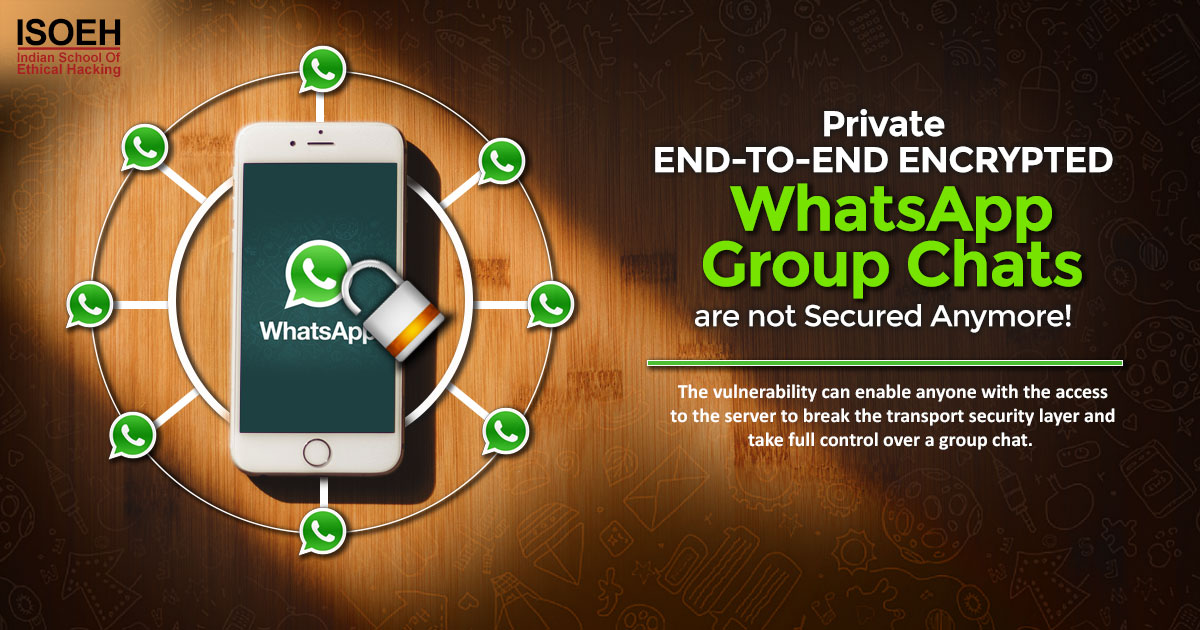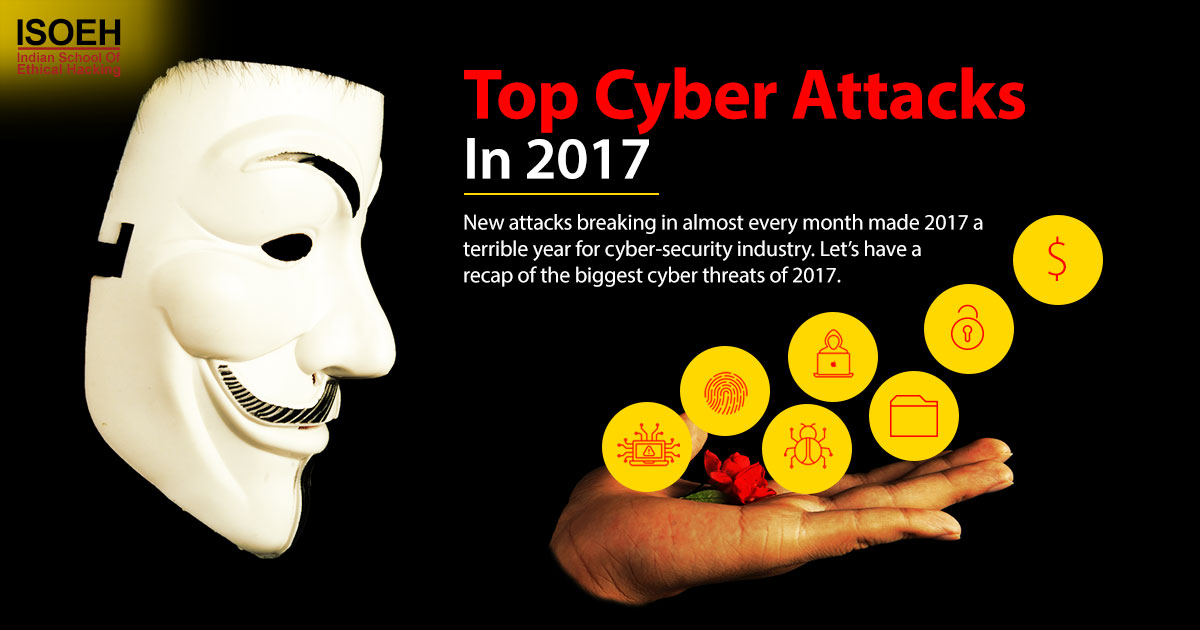
Introduction
In the era of digital communication, Voice over Internet Protocol (VoIP) has become a cornerstone for global connectivity. However, its integration into daily business and personal use also makes VoIP a significant focus for cyber forensic investigations. This blog explores sophisticated methodologies for collecting and analyzing VoIP data to unearth digital evidence, offering insights that are indispensable for cybersecurity professionals.
Understanding VoIP and Its Importance in Forensics
VoIP technology enables voice communication over internet-based networks, making it a cost-effective and flexible alternative to traditional telephony. For forensic analysts, VoIP presents unique challenges and opportunities due to its digital nature. Data packets that transfer voice signals also carry metadata, which can be critical in tracing call origins, understanding network behaviors, and revealing user interactions.
Techniques for Gathering VoIP Data
Network Packet Capture
The first step in VoIP forensic analysis is capturing network packets. Tools like Wireshark and TCPdump are fundamental for analysts to intercept and record data packets during VoIP calls. Key points to consider:
Ensure legality: Always confirm that packet capture complies with local laws regarding privacy and data interception.
Capture comprehensively: Set filters to capture all traffic over VoIP-dedicated ports to avoid missing crucial data.
Log Analysis
VoIP systems maintain detailed logs that record call histories, system accesses, and changes in configurations. Analyzing these logs can reveal:
Anomalies in usage patterns: Unusual call times or high call volumes could indicate misuse or data breaches.
System breaches: Failed login attempts might suggest brute force attacks or unauthorized access attempts.
Analyzing VoIP Data
Decoding and Reconstructing Sessions
Once data is gathered, the next challenge is decoding the packets to reconstruct the call. This involves:
Sequence analysis: VoIP packets might arrive out of order. Proper reconstruction requires reordering packets based on sequence numbers.
Codec considerations: Identifying the codec used (e.g., G.711, G.729) is crucial as it determines the method for translating packet data into audible sound.
Content Analysis
With reconstructed audio, analysts can proceed to content analysis. This might involve:
Speech analysis: Advanced software can transcribe audio to text, making it easier to search for specific words or phrases.
Speaker identification: Voice biometrics can help identify individuals involved in the communication, a method increasingly used in legal contexts.
Advanced Forensic Techniques
Cryptographic Challenges
Many VoIP services encrypt data to protect user privacy. Forensic analysts must either find lawful ways to decrypt communication or apply techniques like cryptographic forensics to analyze encrypted data without decryption.
Artificial Intelligence in VoIP Forensics
AI and machine learning are revolutionizing VoIP forensics by:
Automating pattern recognition: AI can quickly identify patterns in large datasets, such as detecting fraudulent activities or network intrusions.
Enhancing speech analysis: AI-driven tools provide more accurate transcriptions and speaker identification, even in noisy environments.
Ethical and Legal Considerations
VoIP forensic analysis is bound by stringent ethical and legal frameworks to protect privacy rights and ensure evidence integrity. Analysts must:
Adhere to legal standards: Ensure all forensic activities are authorized and comply with legal requirements.
Maintain evidence integrity: Follow protocols that preserve the original data’s integrity, ensuring its admissibility in legal proceedings.
Conclusion
Forensic analysis of VoIP data requires a blend of technical acumen, advanced tools, and a thorough understanding of legal and ethical guidelines. As VoIP continues to permeate the fabric of global communication, the role of forensic analysts becomes more pivotal. By mastering the techniques discussed, professionals can significantly contribute to the security and reliability of VoIP systems, ensuring they remain robust against misuse while aiding in crucial investigative processes.
This blog offers just a glimpse into the complex world of VoIP forensics. For those eager to dive deeper and stay ahead in the field of digital forensics, subscribing to our blog will ensure you remain updated with cutting-edge insights and developments.
This structure and content aim to engage technically inclined readers, encouraging them to explore further and subscribe for more specialized knowledge in cyber forensics.
Hacking Tools
Explore All Hacking Tools »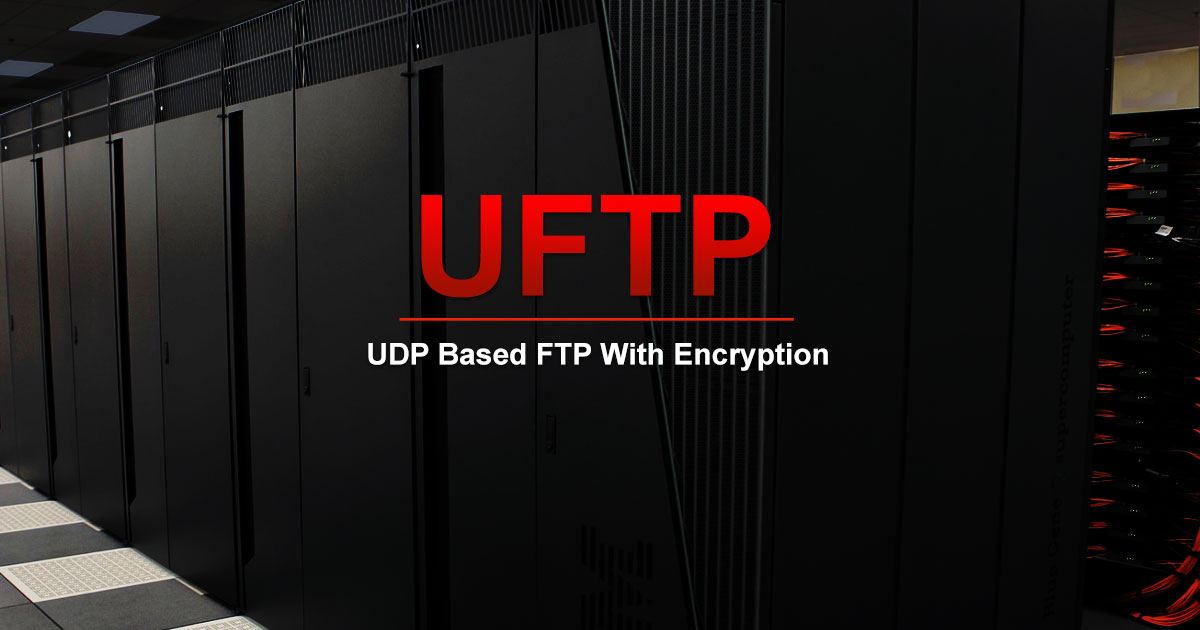
UFTP is an encrypted multicast file transfer program for secure, reliable & efficient transfer of files. It also helps in data distribution over a satellite link.
Read DetailsBreaking News
Breaking News Of Each Month »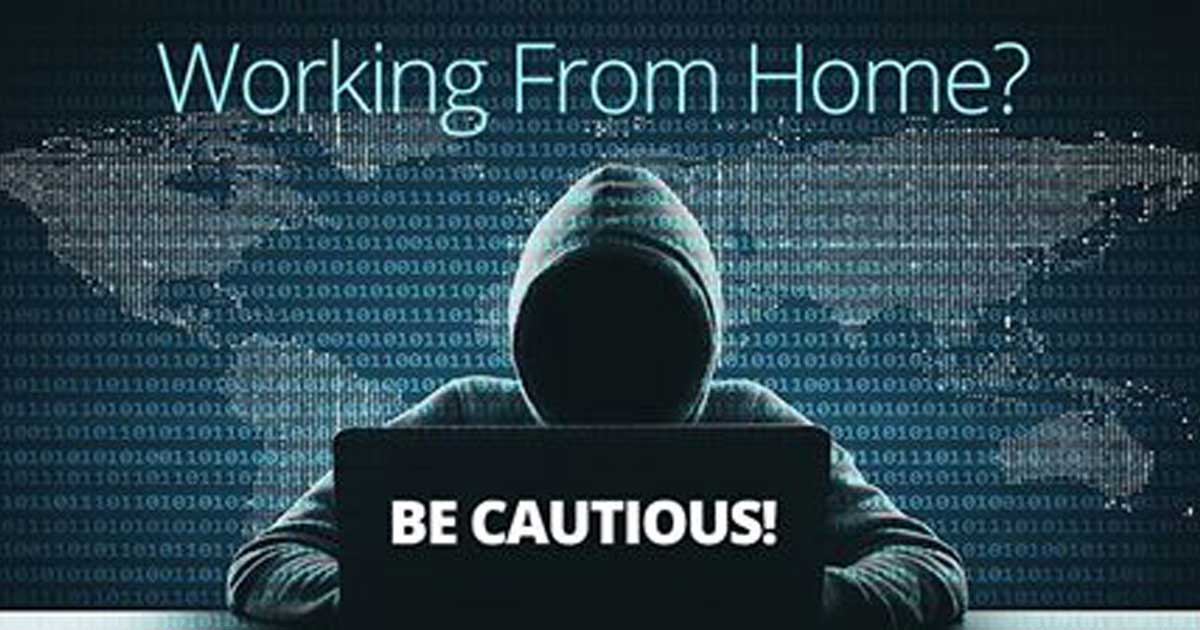
The recent pandemic was unexpected and unknown to most part of the world. It has changed our life and we are slowly adapting to our new lifestyle. The risks associated with the new lifestyle, both personal & corporate, are unknown to most of us.
Read Details


